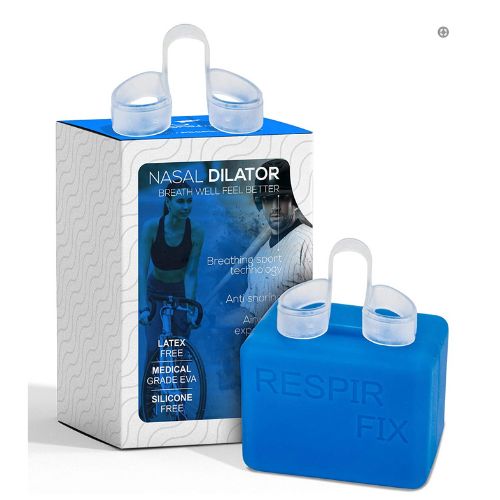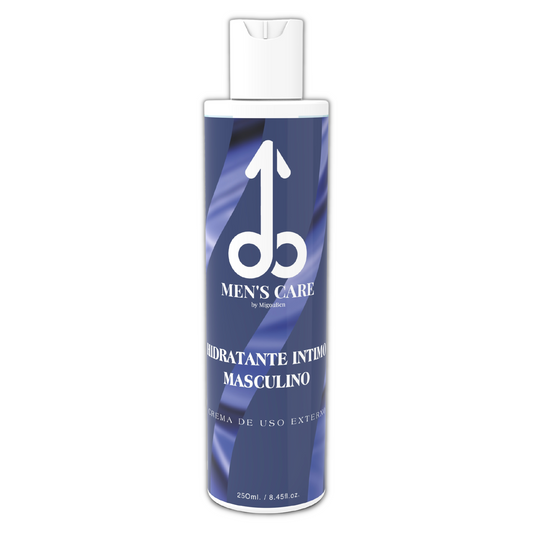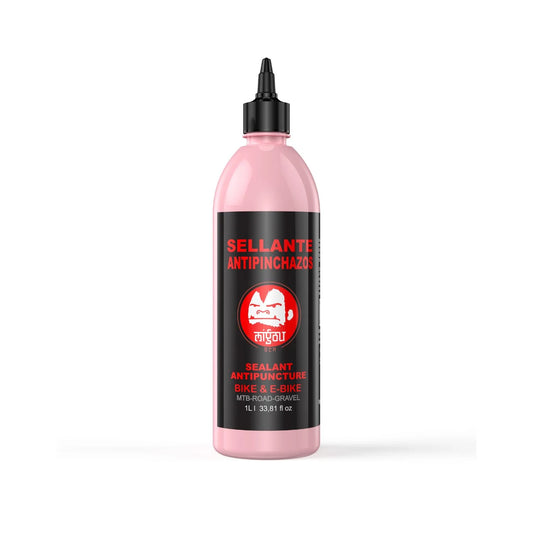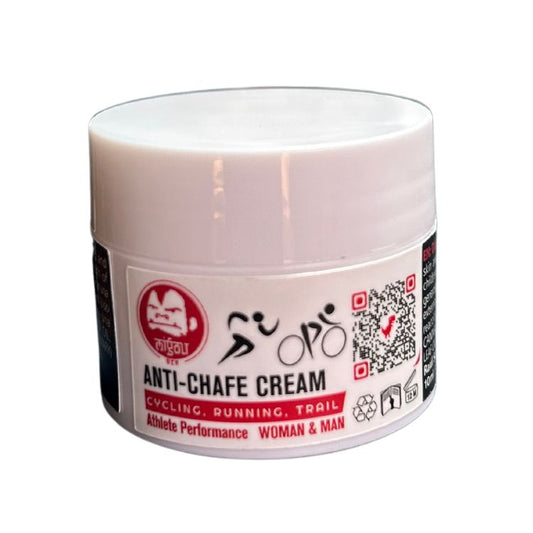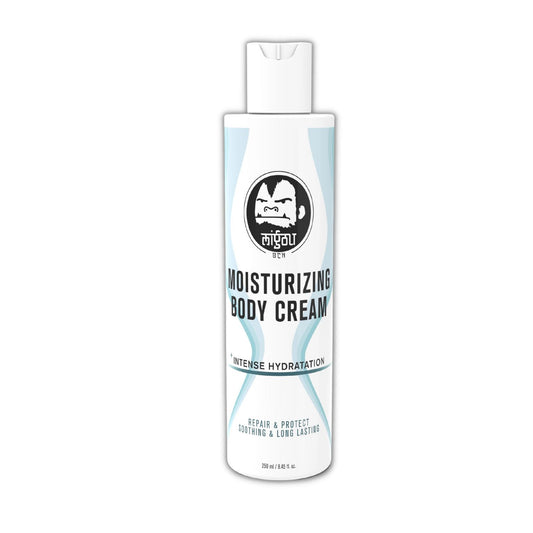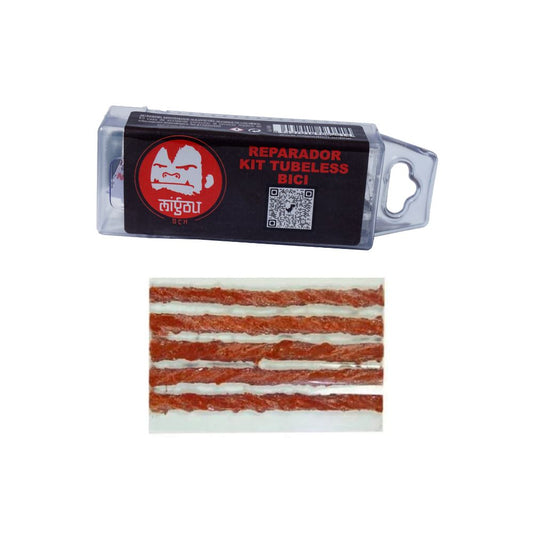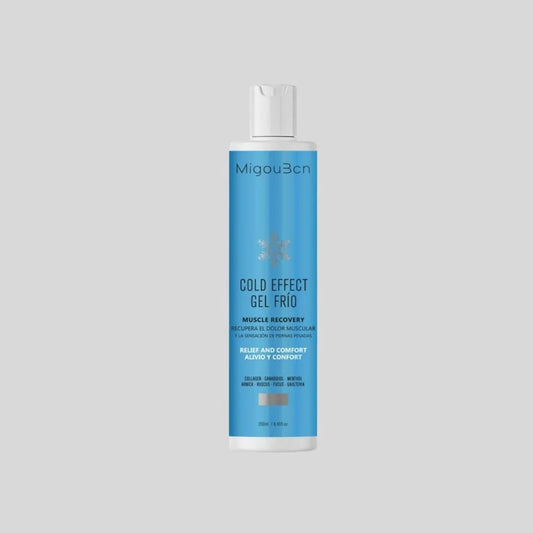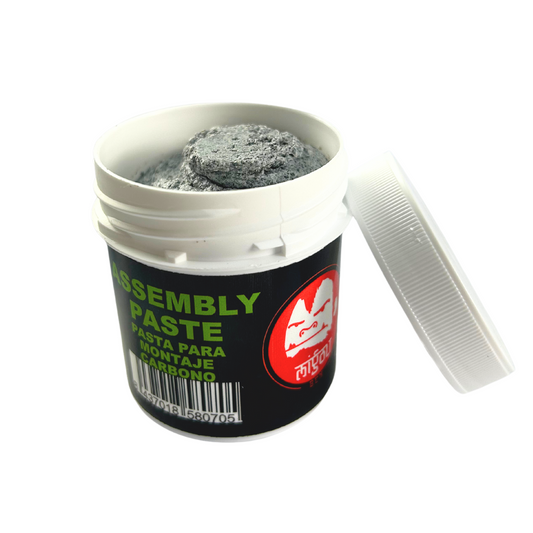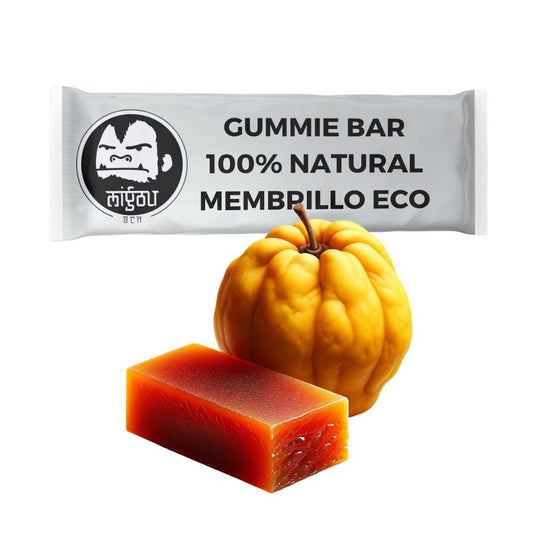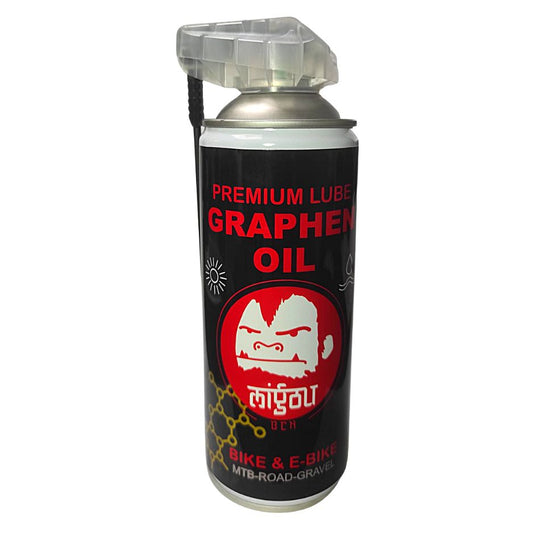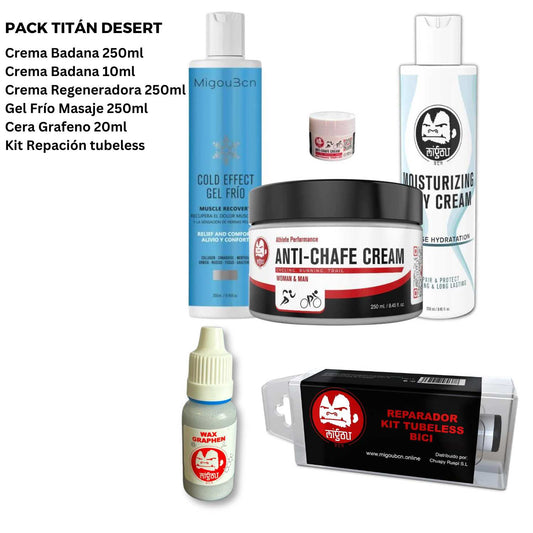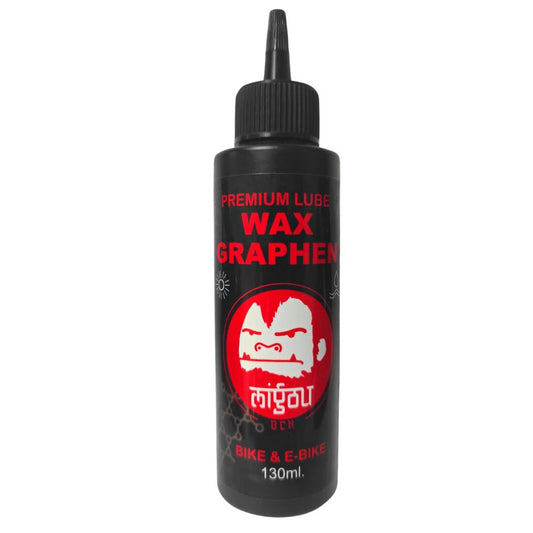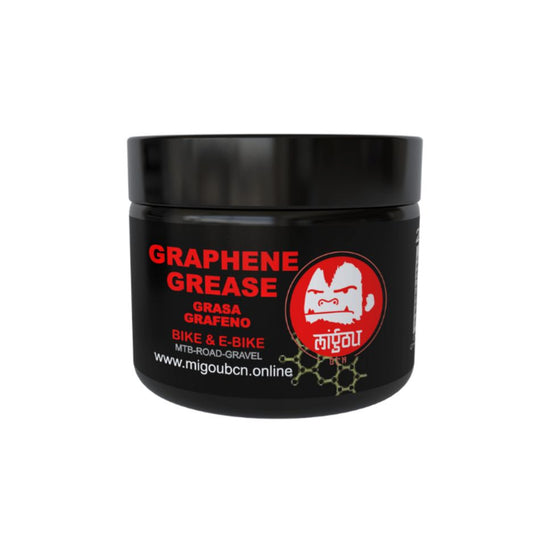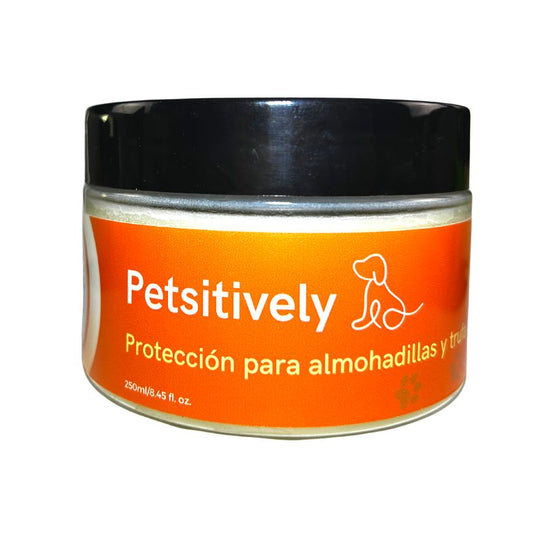Common Causes of Cracked Pads in Dogs
Breed and genetic predisposition
Each breed of dog has different characteristics, including the resistance of their pads. Some breeds, such as Boxers and German Shepherds, may be more prone to cracked paw pads due to lower skin density in that area. It is essential to take into account the genetic predisposition of each breed when selecting the proper care for their pads.Intense physical activity on hard surfaces
The type of terrain on which a dog performs its physical activity can affect the health of its pads. Hard surfaces such as asphalt, concrete or rough sidewalks can generate increased friction and pressure, increasing the risk of cracks in the pads. Dogs that participate in high-impact sports or have intense exercise routines on these surfaces are more exposed to this problem.Poise and nail care problems
Proper poise refers to the way a dog's legs rest on the ground when walking or running. If the dog has poor weight distribution or problems with paw placement, unbalanced pressure can be created on the pads, increasing the risk of cracks. Improper nail care, especially if they are too long, can also negatively affect the pads and cause them to crack.Diseases and pathologies that affect the foot pads
Some diseases and pathologies can weaken the health of the pads, increasing their predisposition to cracks. Leishmania, a parasite-borne disease, can cause dry, hard paw pads. Fungal infections, such as ringworm, can also affect the health of the pads. It is important to take into account the general health of our dog, since some chronic diseases can directly affect the health of their paws.Prevention and care to avoid cracks in the pads
To ensure the health and well-being of your dog's paws, it is essential to take preventive measures and provide appropriate care. Here are some recommendations to avoid cracks and injuries to the pads:
Proper Pad Maintenance
- Keep the pads clean and free of dirt and debris that can cause irritation.
- Regularly inspect the pads for signs of dryness, cracking or redness.
- Trim hair around the pads to prevent moisture and dirt buildup.
Hydration and protection of the pads
- Make sure your dog always has access to fresh water and enough hydration to keep his pads in good condition.
- Avoid letting your dog walk on hot surfaces, as this can cause burns to the pads.
- Use specific moisturizing creams for the pads or Vaseline to keep the skin of the pads soft and protected.
- Protect your dog's pads by wearing shoes or boots designed for dogs, especially in extreme environments or rough terrain.
Use of supplements and balanced diet
- Make sure your dog eats a balanced diet appropriate to his nutritional needs. A balanced diet strengthens the health of your skin and pads.
- Consider using dietary supplements recommended by your veterinarian, such as biotin and omega 3-6, to promote healthy, strong skin.
- Consult your veterinarian before giving any supplements to ensure they are safe and appropriate for your dog.
By following these prevention and care guidelines, you will help preserve the health of your dog's pads and reduce the risk of cracking and injury. Remember that it is important to watch for any signs of discomfort or problem in the pads and seek veterinary attention if necessary.
Treatment of cracked pads
Proper treatment of cracked paw pads in dogs is essential for their speedy recovery and well-being. Different approaches can be followed depending on the severity of the injuries and the need for professional care. Treatment options are detailed below:
First aid for minor foot pad injuries
In the case of minor injuries to the pads, it is important to act quickly to prevent infection and promote healing. The following steps may be helpful:
- Gently wash the affected area with an antiseptic solution to clean any dirt or bacteria.
- Apply an antibacterial lotion or specific cream to the pads, following the manufacturer's instructions.
- Cover the wound with a light, breathable bandage to protect it from further damage.
Care and home remedies for treatment
In cases of deeper, drier cracks in the pads, care and home remedies can be applied to relieve symptoms and promote healing. Here are some options:
- Apply a moisturizer specifically for cracked pads, such as those that contain natural ingredients like shea butter or coconut oil.
- Use special bandages that provide additional protection to the pads and prevent them from drying out further.
- Avoid letting the dog walk on rough or rough surfaces that could worsen existing cracks.
Veterinary consultation and specialized treatments
In more serious situations or in cases where home remedies do not work, it is necessary to seek veterinary attention for proper treatment. Some options a veterinarian may consider include:
- Prescribe topical medications or antibiotics to treat infections associated with cracked pads.
- Perform more elaborate bandages to protect and heal the deepest cracks.
- Recommend additional therapies, such as special foot baths or therapeutic laser, to speed recovery.
Strengthening and constant care of the pads
The health of dogs' paws is critical to their overall well-being and ability to move. To ensure proper care, it is important to strengthen and maintain the pads in good condition. Below are some recommendations to constantly strengthen and care for your dogs' pads:
Recommended exercises and surfaces to strengthen the pads
Performing specific exercises can help strengthen your dogs' pads. Here we show you some activities you can do:
- Regular walks on rough surfaces, such as asphalt or gravel roads, can strengthen and harden the pads.
- Playing on natural terrain like sand or grass can also help strengthen your pads and maintain flexibility.
- Providing toys and stimulation devices that involve the use of their paws, such as balls or Frisbees, can help strengthen their pads while they have fun.
Prevention of injuries in different weather conditions
It is important to take precautions to prevent pad injuries during different weather conditions. Here are some tips:
- During cold weather, protect your dog's paws from ice and snow by applying protective balms or wearing dog booties.
- In times of intense heat, avoid walking on hot surfaces, such as hot asphalt, as they can burn the pads. Choose to walk during cool hours or wear special shoes.
- On rainy days, dry your dog's pads after walks to avoid moisture and possible infections.
Regular maintenance and inspection of the pads
Performing regular maintenance and inspection of the pads is essential to detect any problems in time. Here we show you some guidelines to follow:
- Regularly inspect your dog's pads for cracks, wounds, or signs of inflammation.
- If you find any problems, clean the pads carefully and apply an antibacterial lotion recommended by your veterinarian.
- Keep your dog's nails trimmed to prevent further damage to the pads when walking or running.
- Always go to the vet if you notice any worrying changes in your dog's paws.
Remember that strengthening and constant care of your dog's paws is essential to maintain his health and well-being. Follow these tips and consult your veterinarian for specific recommendations for your pet.
Tips and recommendations for caring for cracked pads
Proper care of cracked paw pads in dogs is essential to their well-being and health. Here you will find some practical tips and recommendations to keep these delicate areas in good condition:
Safe Pad Products and Treatments
When choosing products or treatments for cracked pads, it is important to opt for those specifically designed for dogs and that are safe for use. Some recommended options include:
- Balms or moisturizing creams for pads, formulated with natural and safe ingredients.
- Pad protectors, such as shoes or socks designed for dogs, provide an extra layer of protection on rough surfaces.
- Vaseline or other petroleum-based products, which can help maintain hydration of the pads. However, it is important to consult with a veterinarian before use due to possible contraindications.
Avoid toxic and contraindicated products for dogs
When caring for cracked pads, it is essential to avoid using products that may be toxic or harmful to dogs. Some substances to avoid include:
- Human products, such as creams or lotions, which may contain ingredients potentially harmful to canines.
- Aggressive or irritating chemicals, which could worsen the condition of the pads.
Additional Tips and Precautionary Measures
In addition to using safe products and treatments, there are some additional measures that can help prevent and treat cracked paws in dogs:
- Avoid walking or running on abrasive surfaces, especially those that are too hot, as they can cause burns.
- Keep your dog's nails properly trimmed to avoid damage to the pads during movement.
- Perform regular maintenance on the pads, checking them periodically for cracks, redness or any other signs of deterioration.
Remember that consistent and proper care of cracked pads contributes to your dog's overall well-being and allows him to enjoy an active, discomfort-free life. It is always advisable to consult with a veterinarian if you have any questions or problems related to your pet's pads.




